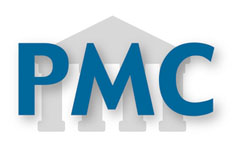Male hypogonadism: Causes, genetics, diagnosis and treatment.
Abstract
Male hypogonadism represents an altered testicular function with infertility and decreased testosterone production. It can be caused by an intrinsic testicular damage, hypothalamic-pituitary dysfunction, or decreased end organ response to testosterone. Signs include hair loss, decreased sexual function, voice changes, eunuchoidal habitus and gynecomastia. The testes are small and osteoporosis may be present. The diagnosis is suspected clinically and is confirmed with decreased circulating testosterone concentrations. FSH and LH are increased in patients with testicular damage (primary hypogonadism) and decreased in those with hypothalamic–pituitary dysfunction. Testosterone is available for intramuscular injection, transdermic patches, gel or pellets and by absorption by the oral mucosa.Authors
Downloads
Download data is not yet available.
Keywords
- Hypogonadism
- Testosterone
- Gonadotropins
- Infertility
Submitted
2009-11-23
|
678 |
How to Cite
Jubiz, W., & Cruz, E. A. (1). Male hypogonadism: Causes, genetics, diagnosis and treatment. Colombia Médica, 38(1), 84-91. https://doi.org/10.25100/cm.v38i1.478
Issue
Section
Reviews
The copy rights of the articles published in Colombia Médica belong to the Universidad del Valle. The contents of the articles that appear in the Journal are exclusively the responsibility of the authors and do not necessarily reflect the opinions of the Editorial Committee of the Journal. It is allowed to reproduce the material published in Colombia Médica without prior authorization for non-commercial use




















